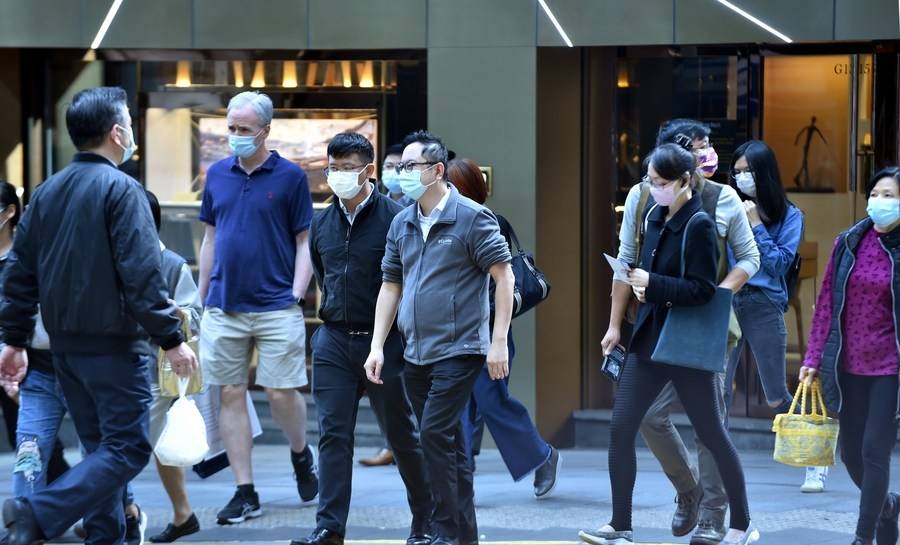China’s overall population in the past decade grew at the slowest pace since the first modern census in 1953…reports Asian Lite News
The seventh national census of China shows the aging population in the country is creating a policy challenge that requires covering the cost of elder care while ensuring continued prosperity for everyone else, according to a report in Voice of America (VOA).
China’s overall population in the past decade grew at the slowest pace since the first modern census in 1953. This came even though the one-child policy was abolished in 2016.
According to the National Bureau of Statistics (NBS), in about 25 years, one-third of China’s population will be retirees, and their living and health care expenses will take up one-fourth of the country’s Gross domestic product (GDP).
Moreover, China’s increasing elderly population will reduce the supply of labour force and increase the burden on families’ elder care and the pressure on the supply of basic public services.
“The aging of the population has further deepened, and in the coming period, (we will) continue to face pressure for the long-term balanced development of the population,” said Ning Jizhe, head of the NBS earlier this month.

ALSO READ: Leaked papers reveal plan to nuke China in 1958
Population data released by Chinese metropolises show considerable variation in the age composition in major cities like Beijing and Shanghai, the Global Times reports.
According to the national census, Chinese metropolises are facing a more serious problem of an aging population, with rates above the national average.
Last week, the Beijing municipal government said that the city’s residents aged 60 or above stood at 4.29 million, 0.9 percentage point higher than the national average. Compared with data from the sixth national population census in 2010, the number of aged people had increased by 7.1 percent.
China is reportedly adjusting the birth data for 2011 to 2019 after releasing its 2020 census, saying that it was based on a small sample of the total population.
China has begun revising demographic data for most of the preceding decade upward, raising concerns about the integrity of its statistics in the face of a looming population decline, reported Nikkei Asia.
China’s population has merely grown by 5.38 percent over the last 10 years to reach the 1.41 billion mark. (ANI)












